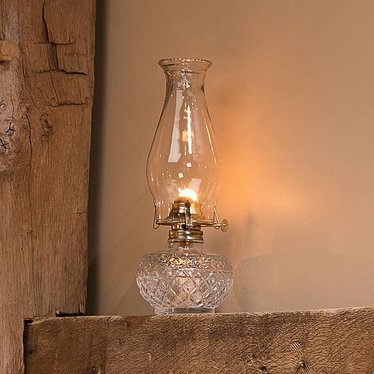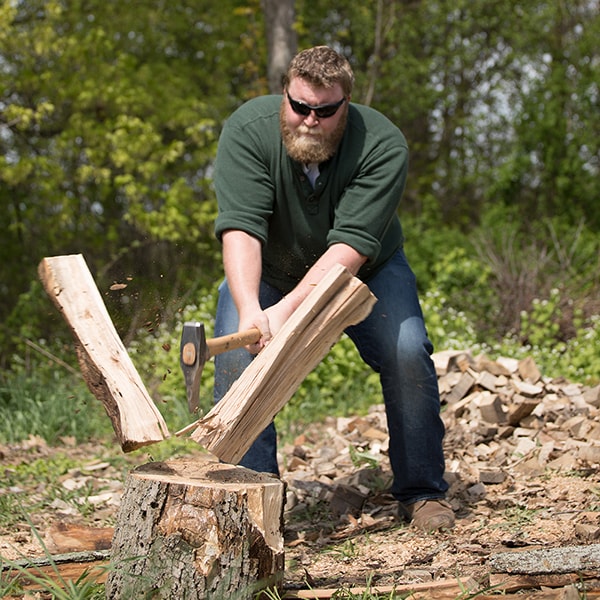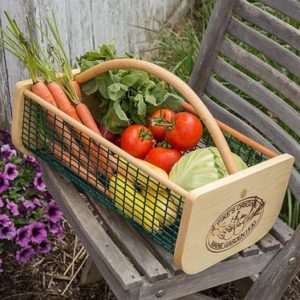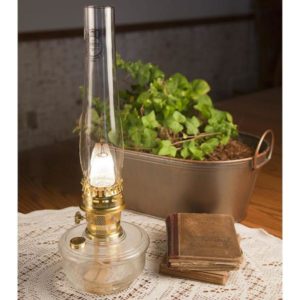In 2015, when a massive windstorm hit our region during a bitterly cold November, we expected to lose power. What we didn’t expect was the extreme damage the storm caused to our regional power grid. It was the worst disaster in the power company’s 100+ year history, and over a million people lost electricity for anywhere from three days to two weeks. Until it’s gone, it’s hard to fathom how much juice from a socket makes modern conveniences possible, from gasoline to cell phone communication to grocery store inventory to mail delivery.
But our family was fine. In fact, our whole rural neighborhood was fine. Everyone weathered the multi-day outage without much problem. Who knew a simpler lifestyle would work so well during utility interruptions?

Living as far out in the country as we do, everyone in our tiny community is used to handling ornery weather. Nearly everyone has a wood-burning cookstove, so our homes stayed warm. The cookstoves provided hot water for dishes and bathing. It allowed hot meals, including fresh warm bread. During the outage, most peoples’ days were busy caring for the needs of livestock, but the evenings were a chance to slow down, prepare meals from scratch, sip hot tea or cocoa, and visit neighbors. Each night all around us, we could see the warm glow of lamplight in windows as people settled in. Our own oil lamps gave our house a cozy feel and added warmth as we gathered around the kitchen table and played board games to pass the dark evenings.
A prepared lifestyle makes it easier to weather a power outage of three to five days with minimal inconvenience. This particular outage strengthened our community ties as everyone rose to meet the challenge. No one went cold, no one went hungry, and no one was left alone. Neighbors teamed up to make sure everyone had necessities. Everyone shared resources with those who were short.
Meeting the challenges of a multi-day power outage while remaining comfortable requires advanced preparation. It’s best to keep preparedness simple and low-tech instead of expensive and high-tech. A simpler life means practicing the old-fashioned ways of heating, lighting, cooking, and even being on good terms with neighbors. Cooking from scratch with basic ingredients, keeping non-electric lighting on hand, cutting and stocking firewood – in short, acquiring the necessary tools in advance and learning to use them – these are the benchmarks of a prepared life. When the power goes out, being prepared makes it easy to transition into using those resources. By keeping things human-powered and renewable, preparedness is far more sustainable for the long run.

A prepared lifestyle is challenging and satisfying. When that inevitable extended power outage happens, it can be viewed as an opportunity rather than an emergency: a chance to slow down, a chance to practice those low-tech skills, a chance to disconnect from personal electronics and reconnect with family and neighbors, and a chance to appreciate the blessings we so often take for granted.
Editor’s Note: What do you do when your power is out for not days, but weeks? Click here to read about coping with prolonged power outages.
Originally published March 2018































[…] prepared means different things for different people. But, the simplest way to prepare is just a matter of […]
[…] Want to learn more about preparedness? Check out this introductory by Patrice as well: The Benefits of a Prepared Lifestyle […]
[…] from this perspective, a prepared lifestyle is no more radical than wearing a seatbelt or having health insurance. It’s not needed until […]